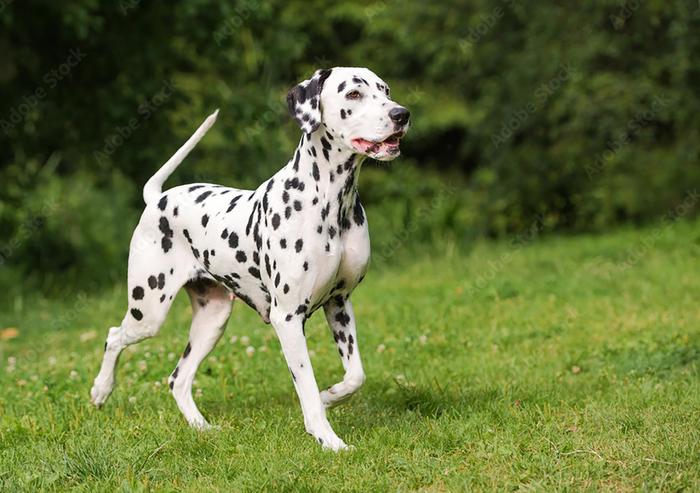Lancaster University and the University of Bath have been awarded almost half a million pounds from The Leverhulme Trust to perform research into the coat patterns of Dalmatian dogs.

Credit: Lancaster University
Lancaster University and the University of Bath have been awarded almost half a million pounds from The Leverhulme Trust to perform research into the coat patterns of Dalmatian dogs.
This is the first time that fundamental research has combined experimentation and mathematical modelling to link Dalmatian genetics to the pattern of coat pigmentation responsible for the breed’s iconic black and white spots.
Developmental Biologist Dr Richard Mort is leading the £498,000 project entitled “Spot the Difference: The Cellular and Clonal Basis of Dalmatian and Mouse Spots” in collaboration with Dr Barbara Shih, a bioinformatician from Lancaster University, and Dr Kit Yates, a mathematician from the University of Bath.
Dr Mort said: “The impact of human selective breeding has resulted in some striking pigmentation in domestic animals. Dalmatians, with their characteristic spotting patterns, have long fascinated breeders, geneticists, and developmental biologists. “
The four-year project will be developed in collaboration with professional dog breeders following approval from the local Animal Welfare Ethical Review Body.
Pigmentation patterns (including spots, patches, and stripes) result from the interaction of pigment producing cells (called melanocytes) with skin and hair. The spots of Dalmatian dogs are irregular patches of melanocyte-populated hairs in melanocyte-absent white coats.
Dr Shih said:” While recent advances have identified the probable genetic loci associated with Dalmatian spots, the underlying molecular and developmental mechanisms that generate these patterns are still poorly understood.”
The research will seek to explain the establishment of pigmentation patterns using experimentation and mathematical modelling. These approaches will allow the team to understand how pigment cells are born and migrate during development in order to generate spots.
Dr Yates said: “We will, for the first time, build a comprehensive mathematical model of mammalian pigmentation. This model will serve not only as a framework to explore the full gamut of pigmentation patterns in nature but also as a paradigm for wider efforts to generate digital organ systems and eventually whole organisms.”
This fundamental research at the interface of maths and biology will shed new light not only onto the patterns of Dalmatian dogs but also the developmental processes of mammals more broadly.




